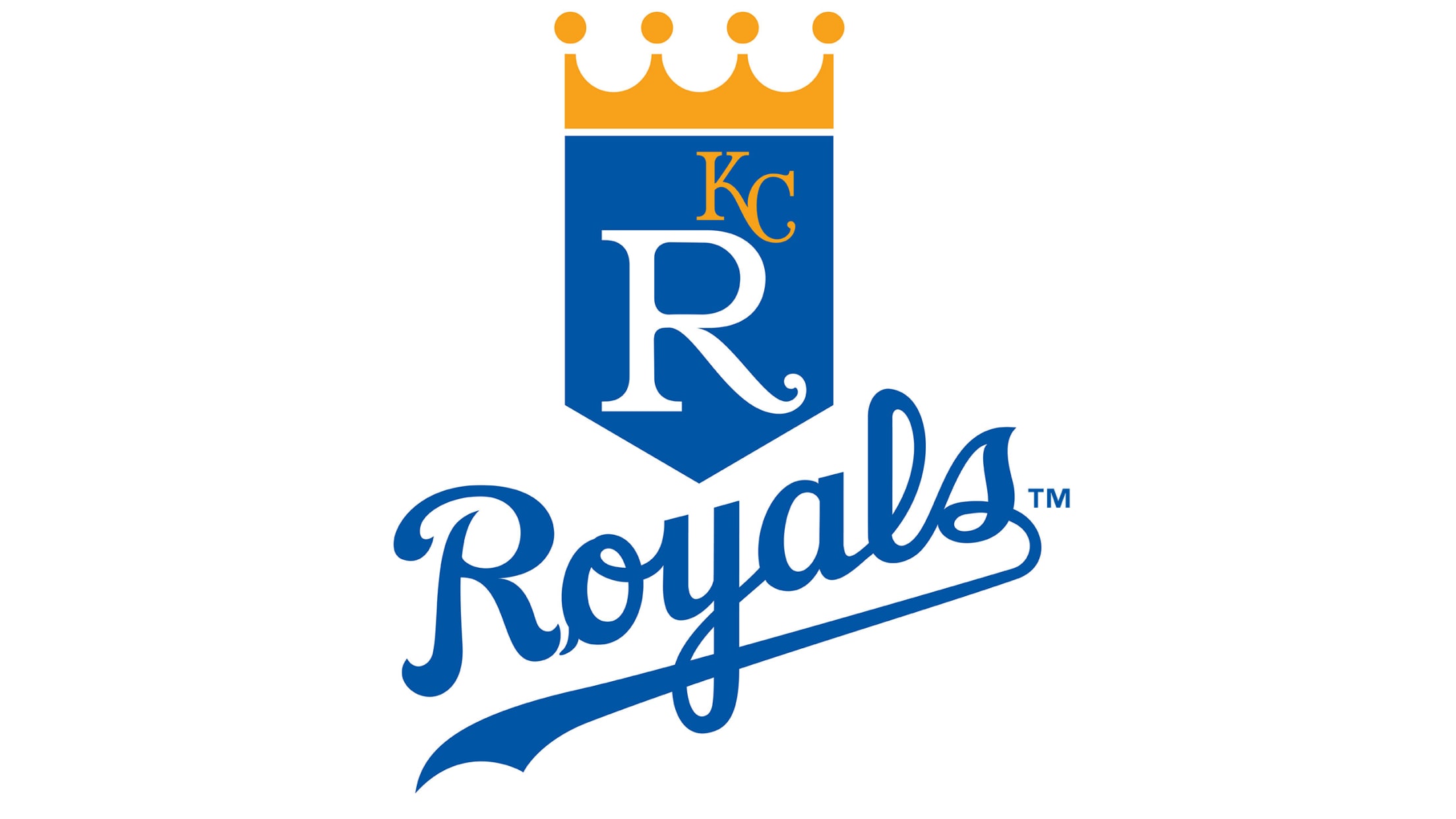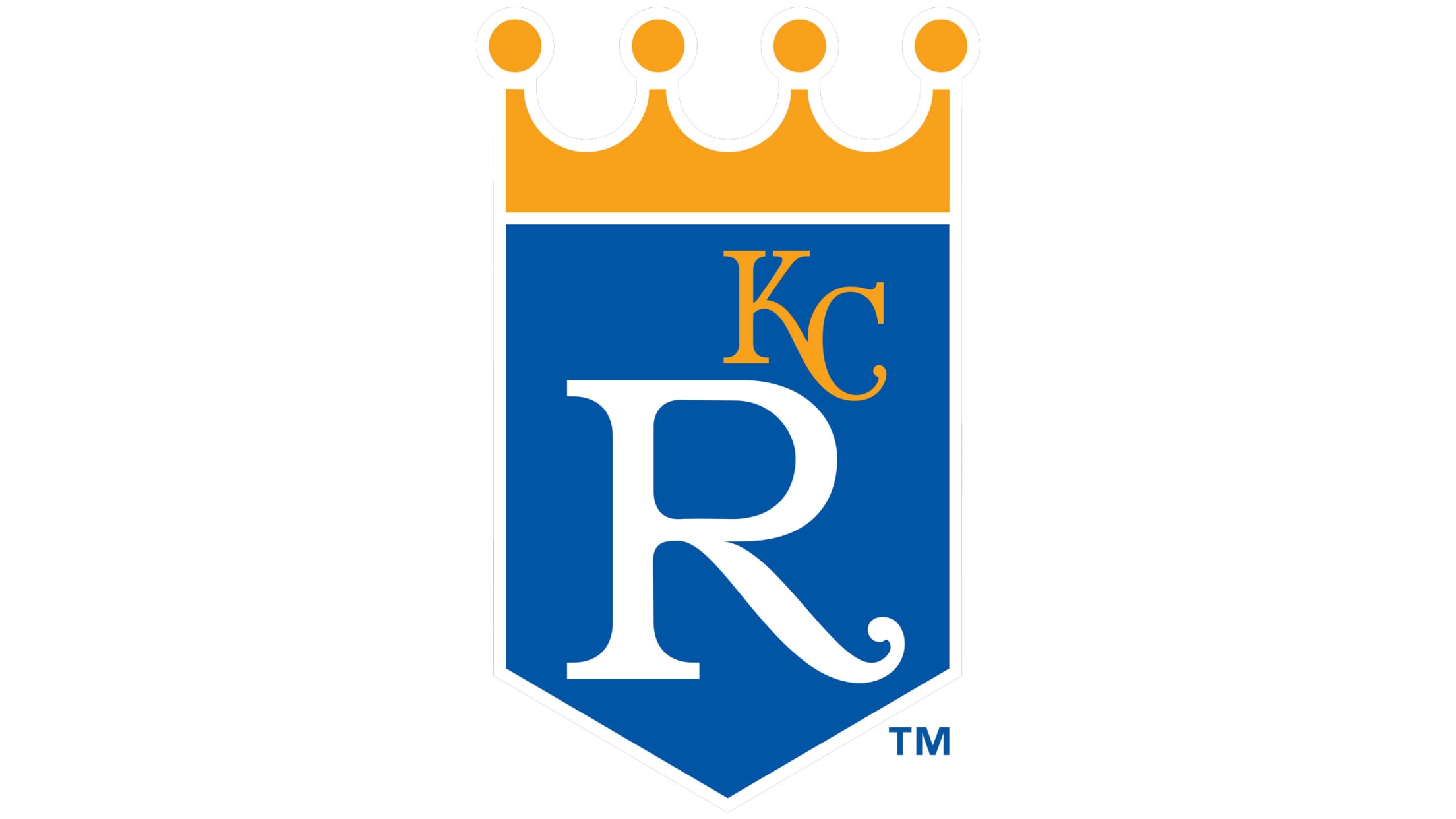Franchise Timeline
1971
In just their third year of existence, the Royals post their first winning season and finish in second place in the Western Division. At the time, it was the quickest an expansion team had achieved such success.
1973
The Royals move into brand new Royals Stadium. The stadium's prominent features include water fountains beyond the outfield fence and a 10-story high scoreboard shaped like the Royals crest, topped by a gold crown. That first year the Royals also host the All-Star Game, which is won by the National League, 7-1. The new stadium features an artificial surface, and Royals management begins to build a team around speed and pitching -- a move that would pay off in a short period of time. The year also sees the debut of a young third baseman named George Brett, who would become the centerpiece of Royals baseball for the next 20 years.
1975
With a team built around developing players like Brett, Frank White, Willie Wilson and Dennis Leonard, the Royals put together a solid nucleus that will stay together and remain mostly intact for the next decade. The Royals begin to make strides towards becoming one of the top teams in all of baseball. Whitey Herzog replaces Jack McKeon as manager in 1975 after the Royals get off to a slow start. The move pays off as the Royals win 91 games and finish in second place behind the Oakland Athletics, who won the last of their five consecutive division titles.
1976
With Herzog taking the reins from the start of the season, fans were optimistic that the Royals were ready to take the next step. Led by Brett, who wins his first batting crown, the Royals win 90 games and beat out the Athletics by three games to claim the first of three consecutive division titles.
In the American League Championship Series the Royals would be matched up against the New York Yankees. In the first postseason game played in Kansas City, the Royals were handcuffed by a pair of Brett errors and Catfish Hunter's dominating pitching. However, the Royals would bounce back in front of their home fans the next night as Paul Splittorff's 5 2/3 innings of scoreless relief enabled the Royals to tie the series at one game apiece heading to New York.
After losing Game 3, the Royals would bounce back to rough up Hunter in Game 4, sending the series to the fifth and deciding game. In Game 5 the Royals and Yankees would each score twice in the first inning. However, the Yankees would score two in the third and two in the sixth to take a 6-3 lead into the eighth inning. But the Royals would fight back as George Brett blasted a three-run homer down the right-field line off Yankees reliever Grant Jackson to tie the game.
Unfortunately for the Royals, the Yankees' Chris Chambliss would end the Royals' season with a leadoff, series-winning homer in the bottom of the ninth. The game would not end without some controversy, as Chambliss was unable to touch home plate after his home run because Yankee fans flooded the field to celebrate. The umpires told the Royals there was nothing they could do, and it was reported that Chambliss did eventually go out and touch home.
1977
The Royals are even better in 1977 as they win 102 games to establish a new team record. The Royals as a team don't have any one individual putting up spectacular numbers; instead they have a solid unit. The Royals win their second consecutive division title and prepare to face the Yankees again in the ALCS.
In the ALCS the Royals get off to a fast start, blowing out the Yankees 7-2 in Game 1 at the Bronx. However, the New York wins Game 2, sending the series to Kansas City tied at a game apiece. In Game 3 the Royals, led by the hitting of Hal McRae and the pitching of Dennis Leonard, post a 6-2 victory to put the club one game away from their first World Series. However, the Yankees would bounce back behind the relief efforts of Sparky Lyle to force a fifth and deciding game. In Game 5 the Royals took a one-run lead to the ninth inning, but the Yankees scored three times, beating the Royals for the second year in a row.
1978
For the third year in a row the Royals win the Western Division title. In the ALCS, the Royals face the Yankees for the third straight time. The Yankees take Game 1 behind the hitting of Reggie Jackson, two-hit pitching of Jim Beattie and Ken Clay. The Royals take Game 2 to even the series at 1-1. For the third year in a row, the series would be tied after two games. In Game 3, behind three home runs by George Brett, the Royals would lead 5-4 into the eighth inning of a back and forth affair in the Bronx. This time, it was a two-run homer by the late Thurman Munson that would doom the Royals. The next night the Royals would only manage one run on seven hits as they failed to reach the World Series for the third consecutive season.
1979
The Royals struggled, winning just 85 games. However, they manage stay in the race until the final week of the season, finishing three games behind the California Angels. After the season, the Royals change managers, replacing the popular Whitey Herzog with Jim Frey and setting the stage for the Royals' first-ever trip to the World Series.



